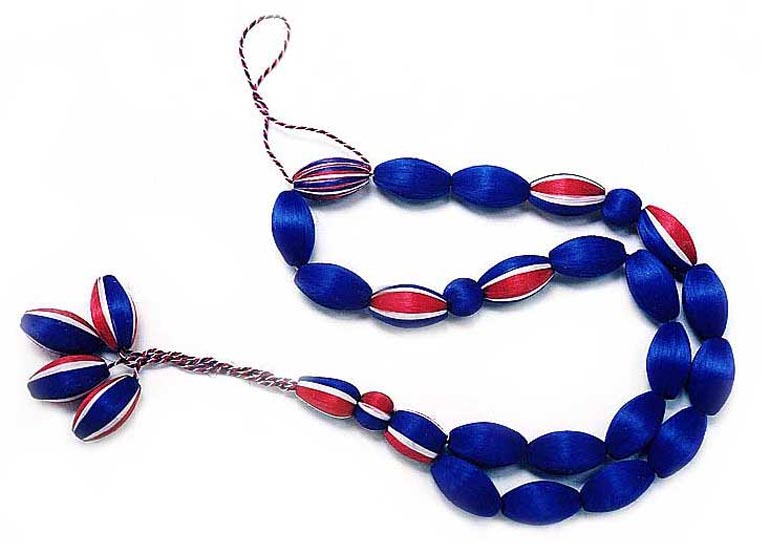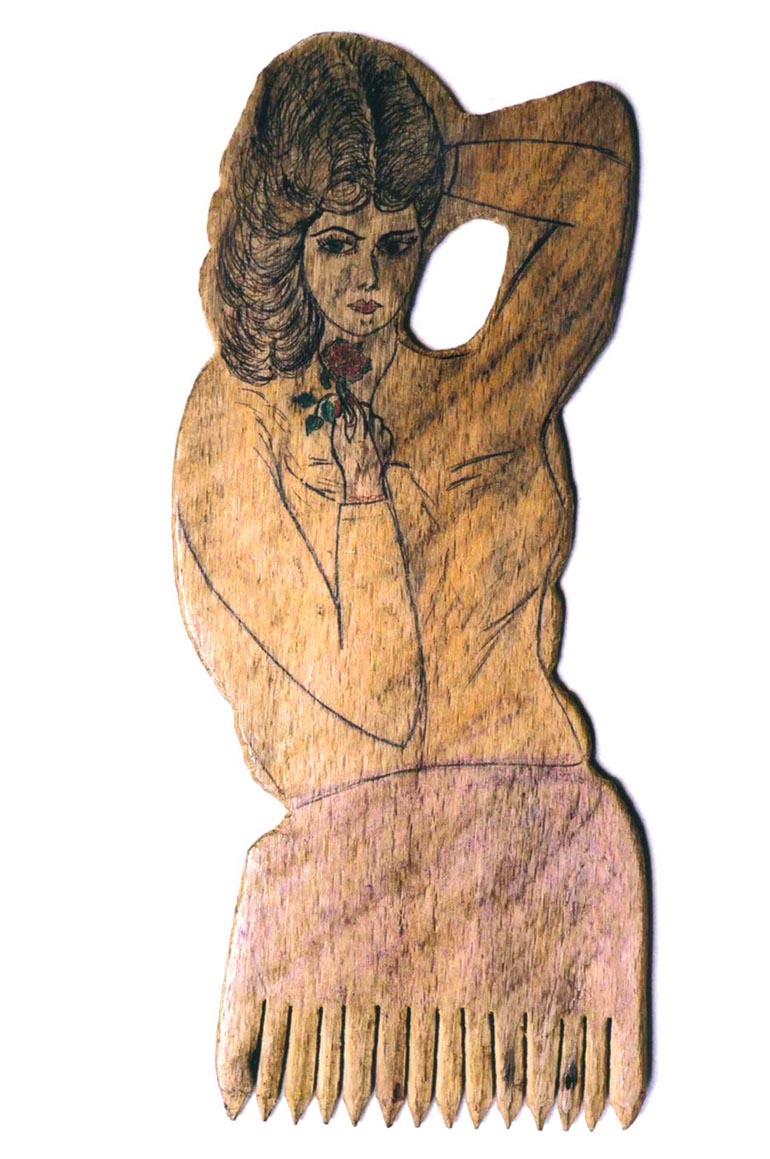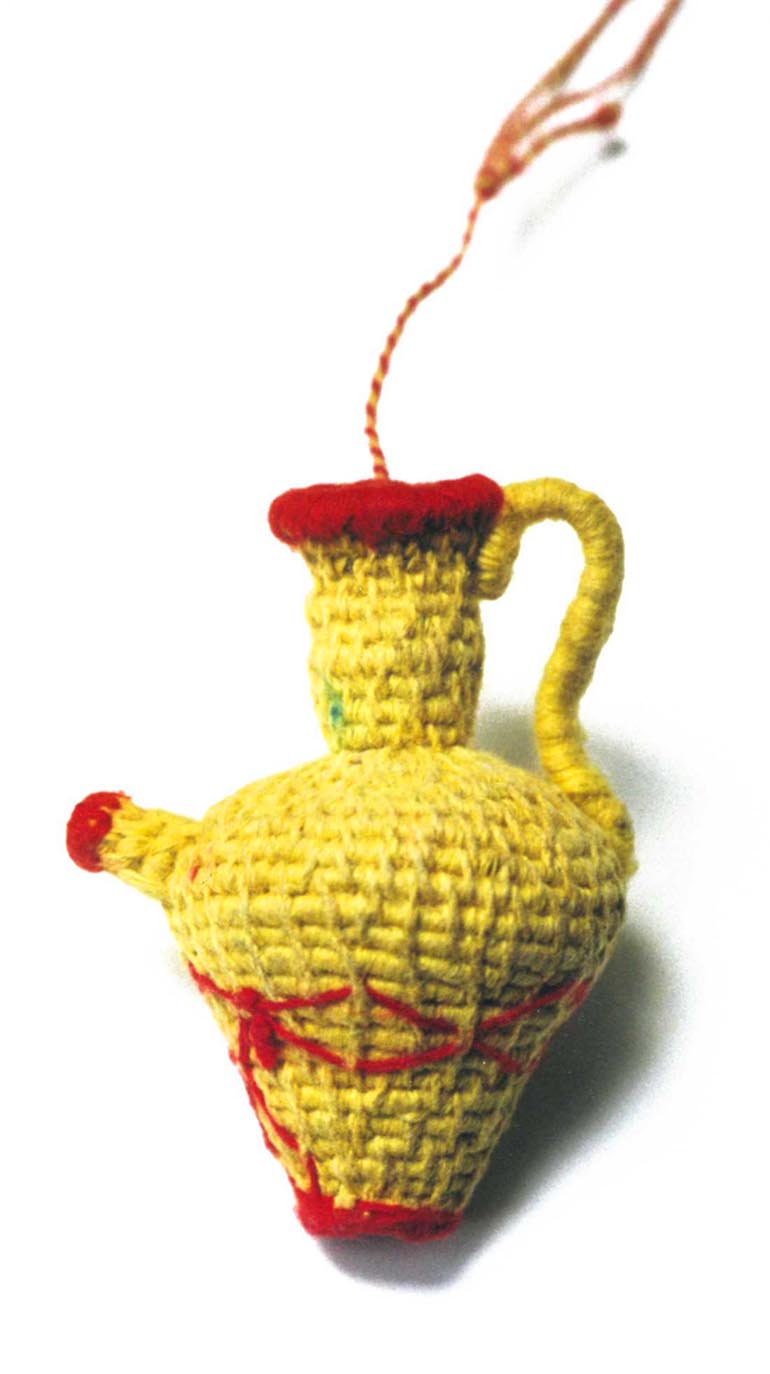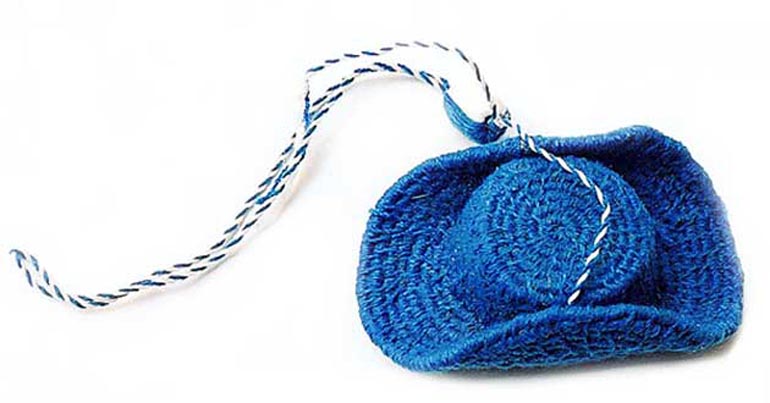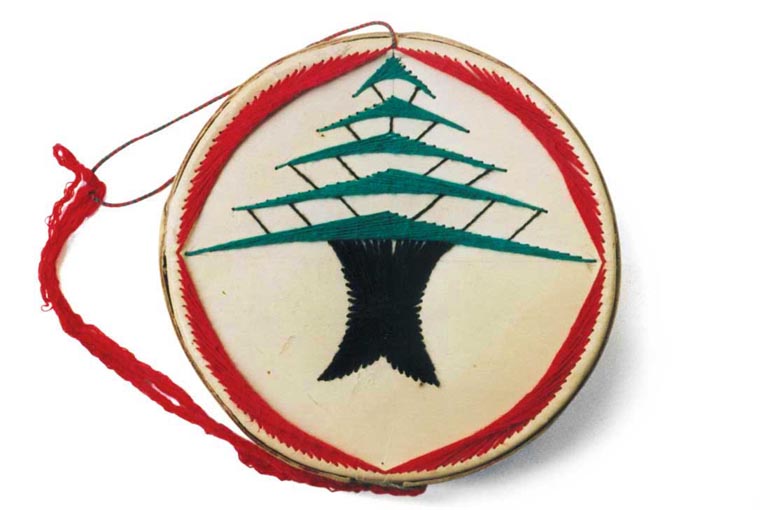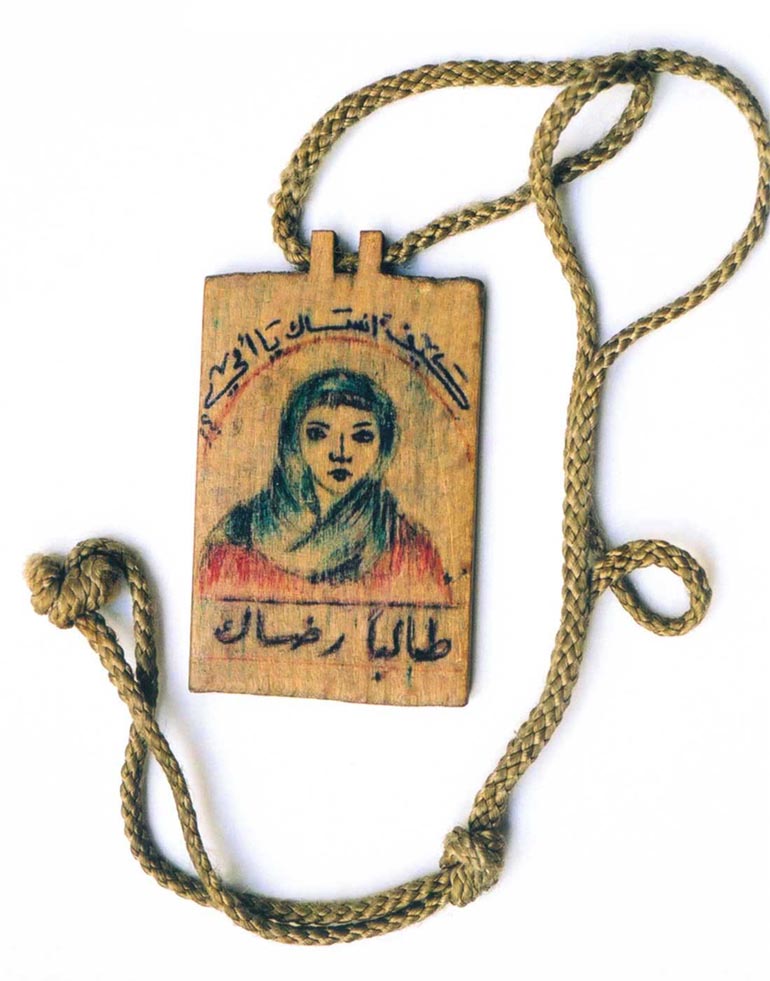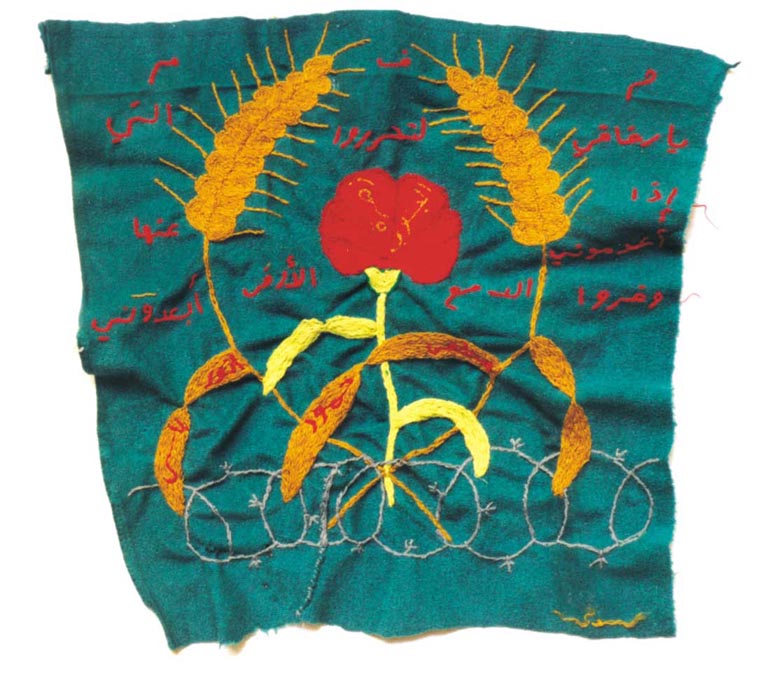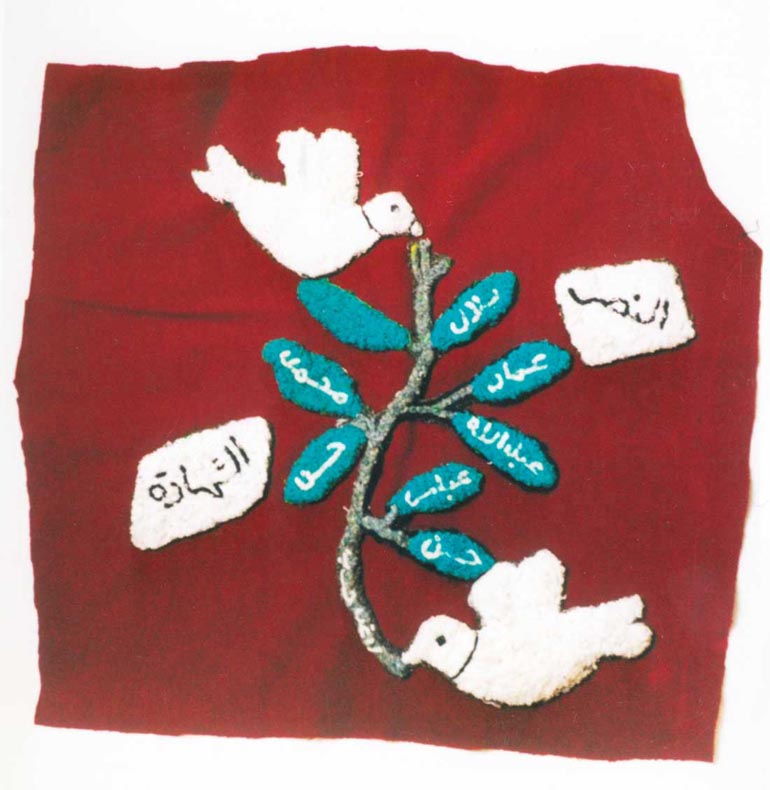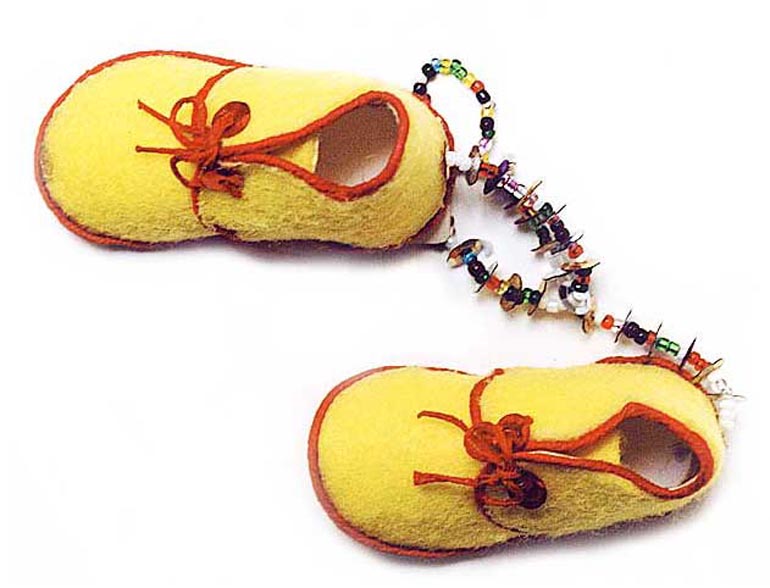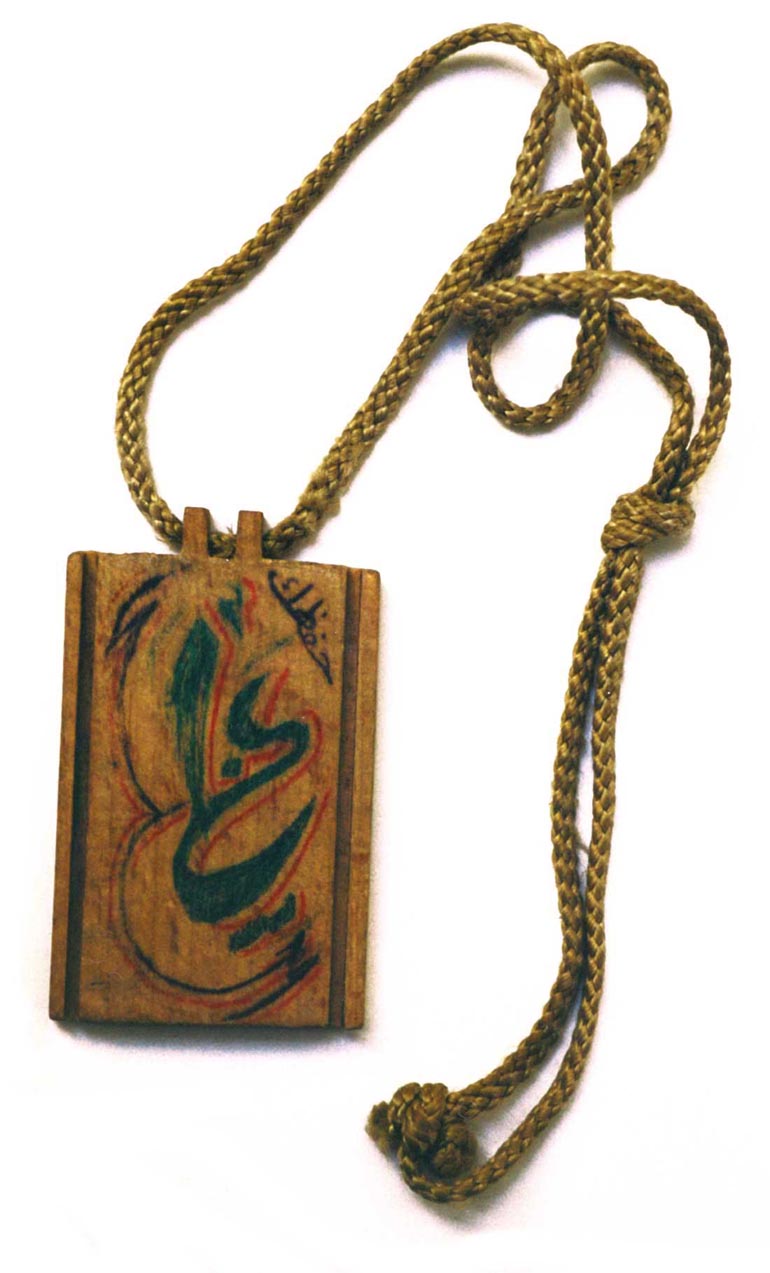Story line How to survive in the detention camp of Khiam in South Lebanon?
Set up in 1985, in the security zone occupied by Israel since 1978, the detention camp of Khiam was run by Israel’s auxiliary militia, the South Lebanon Army. Arbitrariness and torture prevailed in this place of “no-law” until the Israeli withdrawal in May 2000.
Sonia, Afif, Soha, Rajae, Kifah, Neeman spent more than ten years in that hell.
They describe how to live, sleep, dream and think between the four walls of a 1m80x80 cell for 6 or 10 years.
In those cells, all they had was their prison garb, a mattress and a blanket.
Deprived of basic necessities, the prisoners recreated them, picking up secretly and hiding bits of string, wood and stone, cheese wrappers, olive stones, garbage. They unraveled their socks and their blankets, cut up their sweaters, turned pinches of earth into pigments. They secretly produced a needle, a pencil, strings of beads made of olive stones, flowers, sculptures, a chess game. The prisoners developed and exchanged extraordinary production techniques to be able to communicate, to create, to disobey and to preserve that very sense of humanity that such a camp tries to eradicate.
This document was filmed with a sense of urgency, as intimate testimonies just before the camp was dismantled. Rather than a political condemnation, it attempts a metaphysical reflection on man’s willpower and wish to live. It is also a work on representation and its limits, on evocation, on being confronted to an experience which can hardly be shared, camp life and detention.
Directors Note Until the liberation of South Lebanon in May of 2000, it was impossible to go to the Khiam detention camp, run by the South Lebanon Army (SLA), a proxy militia for Israel. We always heard ‘talk’ about this camp, without having seen any images of it.All our information basically came from the testimonies of liberated detainees and the few Red Cross members authorised to enter Khiam. Here was what seemed to be an impossibility of representation.Through the testimonies of six detainees, three men and three women that we interviewed, we were confronted with a raw, yet partial, document acts of ‘speaking’, which lacked an image.
In the documentary, the only images that are presented are those of the six detainees who take turns speaking.
The images of the camp are latent.Through the editing, we wait for something to occur. The experience lived by the detainees, their act of speaking, attempts a reconstruction, as meticulous and as detailed as possible, of the camp ai??i?? and of the daily life in such a place: How the camp and the rooms were precisely structured, how they used to live in a 1.8 x 0.8 metre space, what they ate, what they did, how, with only a handful of material, they used to fabricate craft-like objects, clandestine and utilitarian, such as needles, pencils, etc.By being extremely meticulous, and by giving the utmost attention to detail, one attempts to make things exist.
The work is a form of experimentation with the narrative, with the way that the image, through the discourse, can slowly construct itself on the principle of evocation. It is evocation that is supposed to compensate for absence.The missing image would then be filled with the image created through the detainees’ act of speech.
A sense of urgency prevailed during the shooting of the film which took place a few months before the liberation of South Lebanon and the dismantling of the camp. Following those events, it became possible to go to Khiam and the image, at least the physical presence of the camp, became accessible.In the course of the last war: July-August 2006, the Khiam camp, which had been made into a museum, was completely destroyed, bombed out, there is nothing but ruins. The camp was visible only from May 200O to July 2006.




